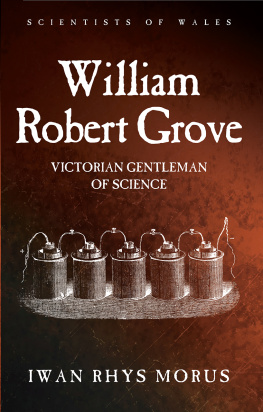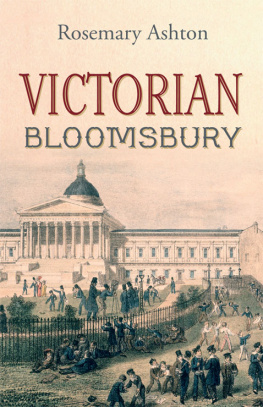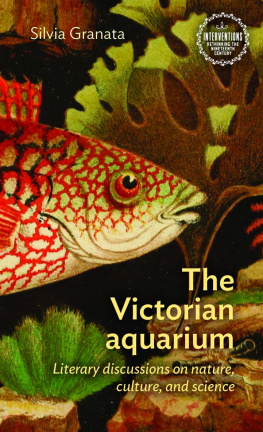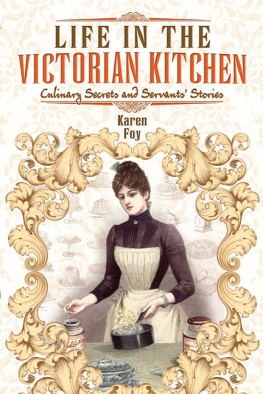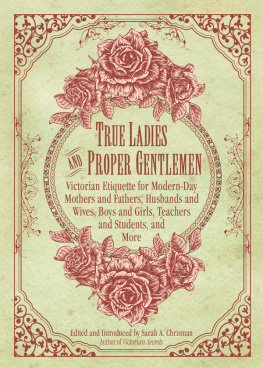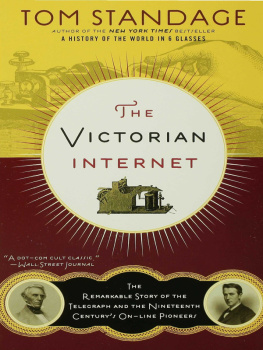Copyright 2015 by Sarah A. Chrisman
Photographs 2015 by Sarah A. Chrisman unless otherwise noted
All rights reserved. No part of this book may be reproduced in any manner without the express written consent of the publisher, except in the case of brief excerpts in critical reviews or articles. All inquiries should be addressed to Skyhorse Publishing, 307 West 36th Street, 11th Floor, New York, NY 10018.
Skyhorse Publishing books may be purchased in bulk at special discounts for sales promotion, corporate gifts, fund-raising, or educational purposes. Special editions can also be created to specifications. For details, contact the Special Sales Department, Skyhorse Publishing, 307 West 36th Street, 11th Floor, New York, NY 10018 or .
Skyhorse and Skyhorse Publishing are registered trademarks of Skyhorse Publishing, Inc., a Delaware corporation.
Visit our website at www.skyhorsepublishing.com.
10 9 8 7 6 5 4 3 2 1
Library of Congress Cataloging-in-Publication Data is available on file.
Cover design by Erin Seaward-Hiatte
Cover photo credit Hyo Gyung Choi, Mary Studio
Print ISBN: 978-1-63450-237-5
Ebook ISBN: 978-1-5107-0073-4
Printed in the United States of America
To every man in the arenathose who understand why it is not the critic who counts.
Table of Contents
Webster says, History is a continuous narrative of events, but I include in mine many private thoughts.
James Eagleson, 1884
Authors Note
A careful reader of these pages will notice that the events described are not always recounted in strict chronological sequence. (For example, more than a year passed between the day Gabriel gave me my vasculum and our fossil hunting expedition, but it was logical to relate them in the same chapter.) This is intended to aid in readability of the text. Life does not always occur in neatly grouped subject headings, but a neatly organized book is a more enjoyable read than the randomly lumped stream of consciousness that generally constitutes daily life. Of course, the very subject of this book will alert its audience that my nature inclines me to take liberties with temporal chronology.
The events in this narrative are all true and as accurately depicted as my memory can make them.
Introduction
The Angels in the Details
All creatures surround themselves with the things that make them most comfortable. In the case of my husband and myself, we just happen to be more comfortable with surroundings more of a nineteenth-century nature than of a twenty-first-century one. In technical terms, our life is a long-term experiential study in temporal diversity of culture and nineteenth-century technology. We study the late Victorian era the way avid linguists study foreign languages: by interacting with our subject as much as possible. There is no passport for traveling through time, but we do our best.
It started with our clothes. When Gabriel gave me a corset on my twenty-ninth birthday, I had no idea how that simple garment would capture my imagination and ultimately lead me into a different world from the one I had been born intoa world of ticking clocks and rustling silk, scented by kerosene and paraffin and inks pressed from the fragrant petals of flowers. It is a world that the modern era is separated from, yet touched by. As historian Vaclav Smil says in Creating the Twentieth Century , [T]he fundamental means to realize nearly all of the 20th-century accomplishments were put in place even before the century began, mostly during the three closing decades of the 19th century and in the years preceding WWI. The nineteenth century birthed the twentiethand, by extension, the twenty-first.
My husband and I have both always loved history in general and the Victorian era in particular. It often seems to us as though everything worth inventingeverything that made the modern world what it is (for good or ill)came into being in the last few decades of the nineteenth century. When I started wearing Victorian clothing on a regular basis and we realized how much insight this provided into the everyday lives of the past, we started wondering what other windows were waiting to be opened through the exploration of more elements of the Victorian experience.
When we first resolved upon this life, we tried to find other people like us, individuals who viewed the past as a different culture and wanted to comprehend it. Too many academic historians view the past as a dead thing to be dissected and then encased in glass. Collectors often focus on specific items rather than the big picture of the culture that gave those items context. There are certainly some very impressive collections in the world, and we enjoy seeing them when they pertain to our interests, but we have broader goals than collecting for its own sake.
The people we find truly anathema are the ones who reduce the past to caricature and distort it to fit their own bigoted stereotypes. Weve gone to events that claimed to be historic fashion shows but turned out to be gaudy polyester parades with no shadow of reality behind them. As we heard our ancestors mocked and bigoted stereotypes presented as facts, we felt like we had gone to an event advertised as an NAACP convention only to discover it was actually a minstrel show featuring actors in blackface. Some so-called living history events really are that bigoted.
When we object to history being degraded this way, the guilty parties shout that they are just having fun. What they are really doing is attacking a past that cannot defend itself. Perhaps they are having fun, but it is the sort of fun a schoolyard brute has at the expense of a child who goes home bruised and weeping. Its time someone stood up for the past.
I have always hated bullies. The instinct to attack difference can be seen in every social species, but if humans truly desire to rise above barbarism, then we must cease acting like beasts. The human race may have been born in mud and ignorance, but we are blessed with minds sufficiently powerful to shape our behavior. Personal choices form the lives of individuals; the sum of all interactions determine the nature of societies.
At present, it is politically fashionable in America to tolerate limited diversity based around race, religion, and sexual orientation, yet following a trend does not equate with being truly open-minded. There are people who proudly proclaim they support womens rights, yet have an appallingly limited definition of what those rights entail. (Currently, fashionable privileges are voting, working outside the home, and easy divorce; some people would be dumbfounded at the idea that creating beautiful things, working inside the home, and marriage are equally desirable rights for many women.) In the eighteenth century, Voltaire declared, I disagree with what you say but I will fight to the death for your right to say it. Many modern Americans seem to have perverted this to, I will fight to the death for your right to agree with what I say.
When we stand up for history, we are in our way standing up for all true diversity. When we question stereotypes and fight ignorance about the past, we force people to question ignorance in general.
Our embrace of historic culture came at a crossroads in our lives, and we found ourselves contemplating the ways in which surroundings affect lives at a time when we were also seeking a new home for ourselves. My husband had recently graduated with a masters degree in library science from the University of Washington in Seattle. A disastrousand very briefmove to Washington, DC (when Gabriel accepted a contract job at the Library of Congress) so strongly impressed the importance of community and surroundings upon us that we practically left skid marks across the country getting back to the Pacific Northwest. The result was that we took a leappartly a leap of faith in our own determination but also a leap of hope for what we could accomplish together. We bought an 1888 house in Port Townsend (Washingtons Victorian seaport and long our favorite place) and proceeded to see how Victorian a life we could truly carve out for ourselves in the twenty-first-century world.


